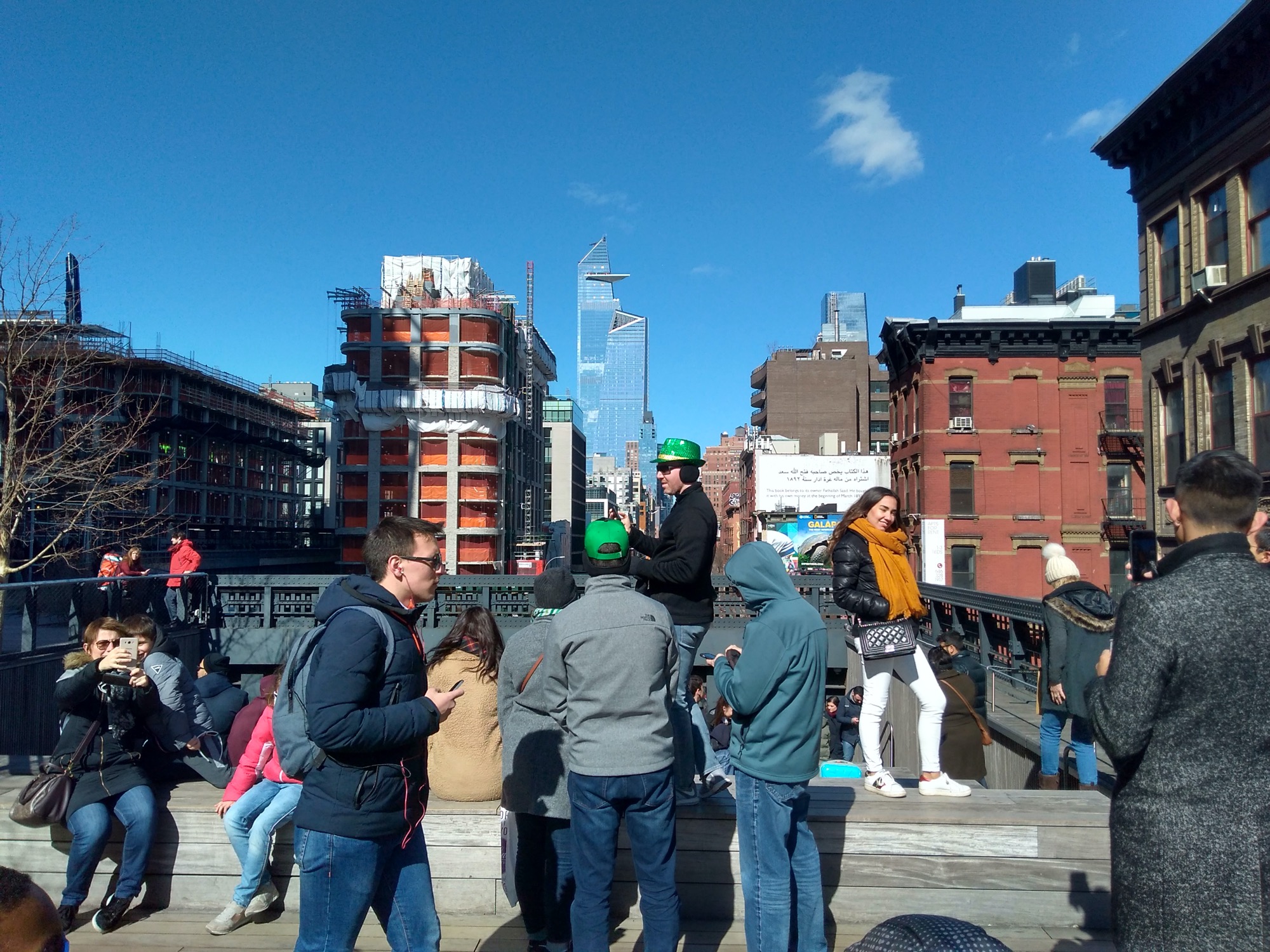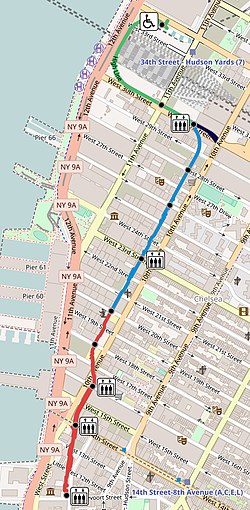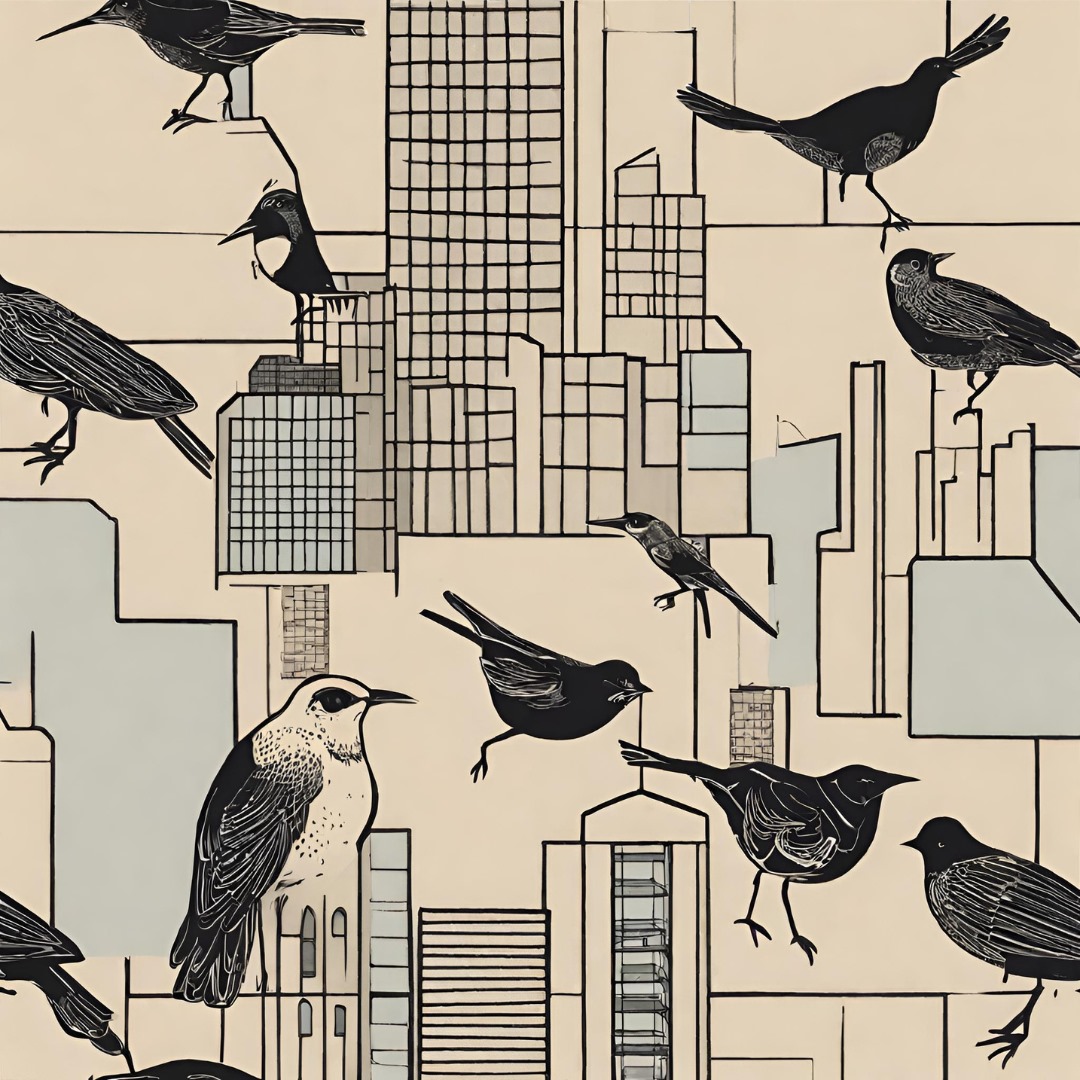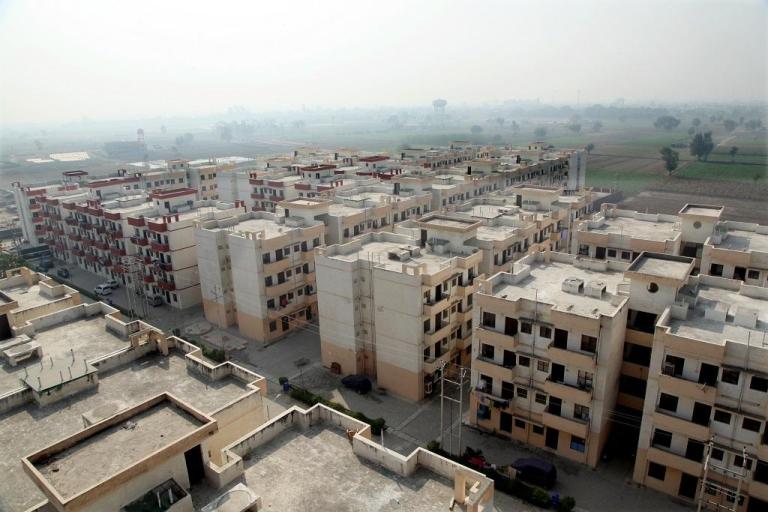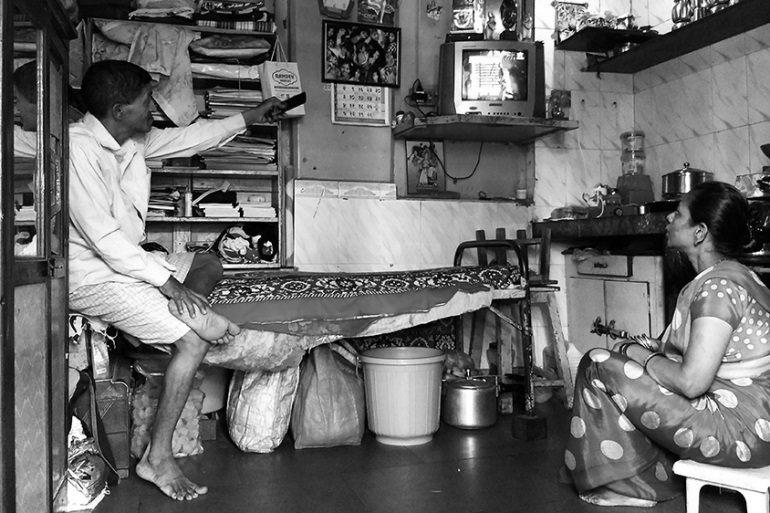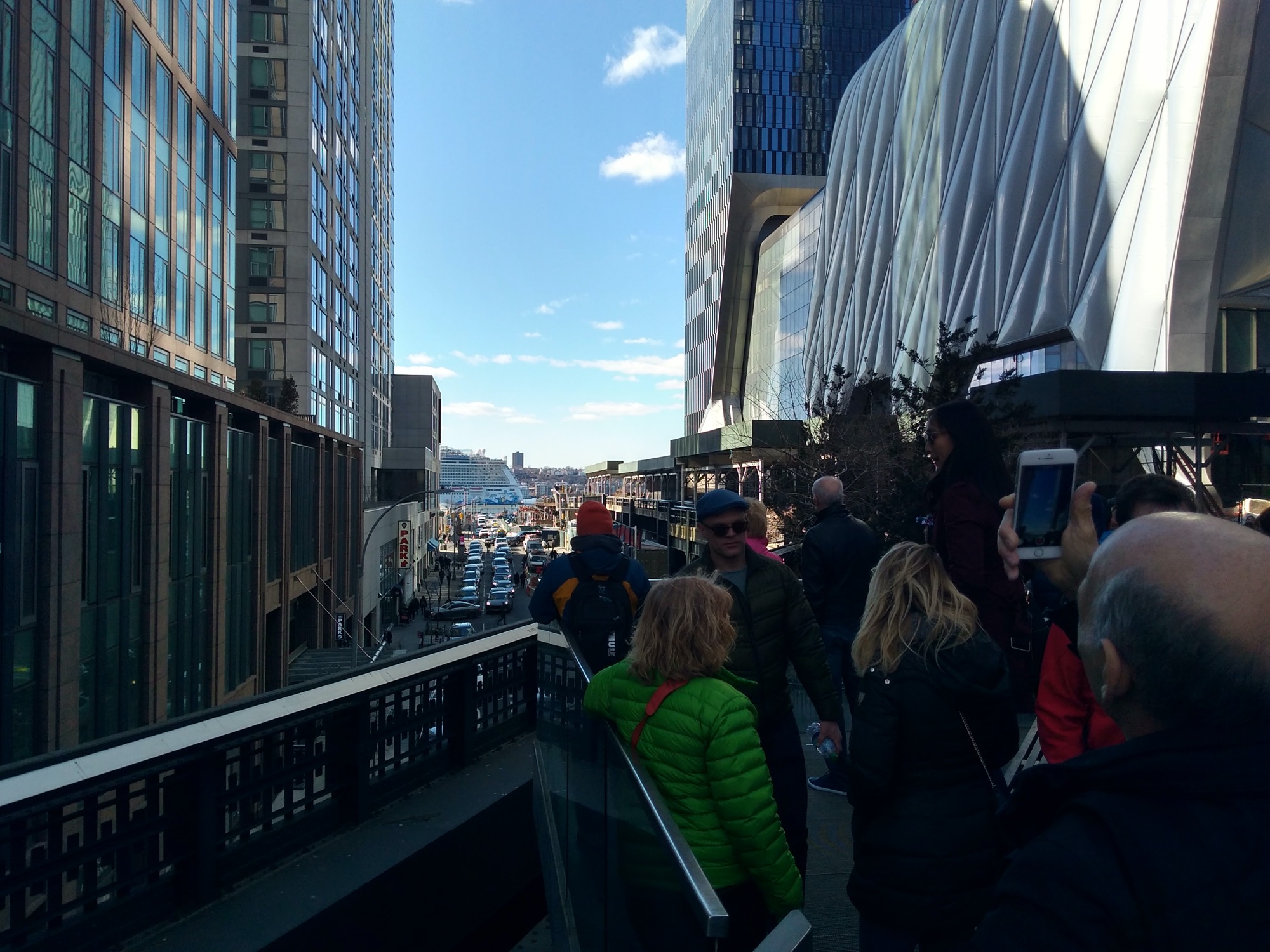 “If you are in New York you have to see the Highline!” a friend sternly advised me. I would have perhaps spent the whole time at the Bronx Zoo, but remind myself that I have an architect’s training with some interest in urban interventions and should put my maiden visit to New York to some use. I take the subway from Brooklyn (a now hep once poor neighbourhood) to the appropriate station as per the detailed instructions of my lovely hosts. I step out in the winter sun and walk for a couple of blocks (New York way of saying walking from one traffic crossing to another) to arrive at one end of the Highline. ‘Highline’ is the name given to the rail line that serviced the meat district of New York – carrying meat out. As the city grew and was sanitized the butchers were moved out and the rail line became redundant, disused and as happens, a dump, drug and crime hub, a backward pointing sore to a forward-looking city. It was demolished in part and was completely signed off by 1999 by the New York mayor. However, thanks to some intelligent activism, urban planning and public sourced funds, the dedicated civil society group, “Friends of the Highline” saved this 2.3 km length of the rail line. Part by part, using a palette of native wild plants – grasses, shrubs, trees and some fine design, the derelict rail line was turned into a public park. Inspired by a similar project in Paris, the Highline has gone on to become one of the most significant public intervention in New York.
“If you are in New York you have to see the Highline!” a friend sternly advised me. I would have perhaps spent the whole time at the Bronx Zoo, but remind myself that I have an architect’s training with some interest in urban interventions and should put my maiden visit to New York to some use. I take the subway from Brooklyn (a now hep once poor neighbourhood) to the appropriate station as per the detailed instructions of my lovely hosts. I step out in the winter sun and walk for a couple of blocks (New York way of saying walking from one traffic crossing to another) to arrive at one end of the Highline. ‘Highline’ is the name given to the rail line that serviced the meat district of New York – carrying meat out. As the city grew and was sanitized the butchers were moved out and the rail line became redundant, disused and as happens, a dump, drug and crime hub, a backward pointing sore to a forward-looking city. It was demolished in part and was completely signed off by 1999 by the New York mayor. However, thanks to some intelligent activism, urban planning and public sourced funds, the dedicated civil society group, “Friends of the Highline” saved this 2.3 km length of the rail line. Part by part, using a palette of native wild plants – grasses, shrubs, trees and some fine design, the derelict rail line was turned into a public park. Inspired by a similar project in Paris, the Highline has gone on to become one of the most significant public intervention in New York.
The history is summarized well HERE.
I climbed up the metal stairs to reach a sort of raised urban plaza brimming with tourists – ‘Highline’ clearly was sternly advised to everyone coming to New York! Though it was winter and the grasses, shrubs and trees were virtually dormant it wasn’t difficult to visualize how this would transform in spring and through the seasons. The tourists clearly didn’t seem to mind, and as you can imagine selfies were a major activity. Though over run by tourists it surely would offer moments of quiet in nooks and corners for the New York public. Interventions like this have benefits way beyond the public space they create. Highline had sent property values literally high and one could see a whole transformation of the facades and the skyline along the length of this track. As I negotiated the tourist footfall and reached its end, I came upon a view of the Hudson Bay and the most expensive privately funded public intervention of the ‘Vessel’ that I have written about in an earlier piece.
The ‘Highline’, once defunct urban rail line, rather than being demolished has been turned into a green corridor in an open space-starved city. Such examples and not just concretised river fronts should inform our urban interventions, that is what is sternly advised.

